Because guns used to be blue
If you collect old guns, 19th century guns, most will be blued (or were at one time), others might be nickel plated, but the vast majority, well into the 20th century were blued. It is an old process that Samuel Colt (among others) refined in the early to mid 19th century. Go back another century and you won’t find many blued guns, you will find instead browned guns, an even older process that was so common in the 1700s’s that the famous Revolutionary War British musket, the “Brown Bess,” was named after its finish (or so the story goes). Browned Damascus barrels on shotguns and pistols were revered for their beauty, but bluing became the dominant finish intended to prevent rust. Rust was and will always be the nemesis of gun barrels, frames (except of course, newer polymer frames), and parts made from steel, iron or other metals, except aluminum and aluminum alloys, and thus you will not often encounter rust with a modern air pistol, except those which use steel in their composition. Bluing is, in fact, a controlled rust process that is stopped and treated, creating a protective layer over the metal. But time wears everything down and bluing wears away. That is why old guns that have not been well cared for (or reblued) have faded worn finishes and the worst, have pitting from rust.

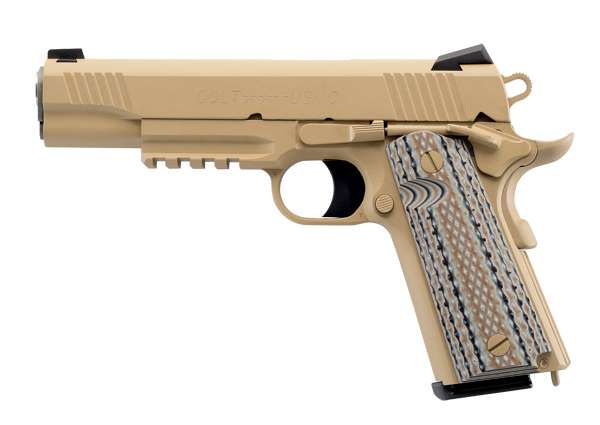
Brave New World
Dark blue black finishes on alloy pistols are the most common today, but in the last couple of years, a trend that began with military handguns has found its way into their CO2 counterparts, the FDE finish, or flat dark earth. There are also color variations like coyote tan, and desert tan, among others that are generally variations of tan. In a field of blues and blacks, tan stands out. In the deserts of the Middle East, where more military battles occur today, tan does not stand out. Tan was the color of the famous Marine Corps CQBP, the Colt Model 1911 M45A1 Close Quarter Battle Pistol. This was the original Colt 1911 Rail Gun that became famous back in 2012 when it was adopted by Marine Corp special operations units. It was replaced as standard issue to those same elite Marine Corps units in 2016 by the 9mm Glock 19. The harder hitting .45 ACP M45A1 is still around though, as are myriad tan pistols including the Beretta M9A3, (which was built as a hopeful but unsuccessful replacement for the Beretta M9), and the pistol that beat out the Beretta as the current standard issue military handgun, the Sig Sauer M17 (and compact M18), all in shades of, you guess it, tan.

Airguns of a Different Color
Today you will find desert tan, coyote tan, FDE and similar combinations of tan from a number of airgun manufacturers including Umarex (Beretta and Glock), Sig Sauer (P226, P320 and M17), and ASG (CZ P09 models), along with a handful of others. Aesthetically, tan or any of the aforementioned variations is based on practical experience gained by the military in desert environments. FDE and other finishes are also coated finishes (Cerakote and DuraCote as examples) and generally more durable than a traditionally blued gun or one with a black finish, though black can also be a coated finish, like a Glock. For civilians, there is also the cachet that comes from having a gun in the same color as those carried by SOCOM and Special Forces.


There is any number of variations in what we call tan. A centerfire Glock 19X (which is the first Glock with a factory color other than black), is not the same shade of tan or FDE as the Beretta M9A3, or the Sig Sauer M17. Each has a different look and more often the slide and frame are also different shades. Most FDE guns are really two-tone, frame and slide, especially those with polymer frames which use colored polymer in their construction. It is also a little different with alloy guns (frames and slides) which are not exactly the same shades as their centerfire counterparts.
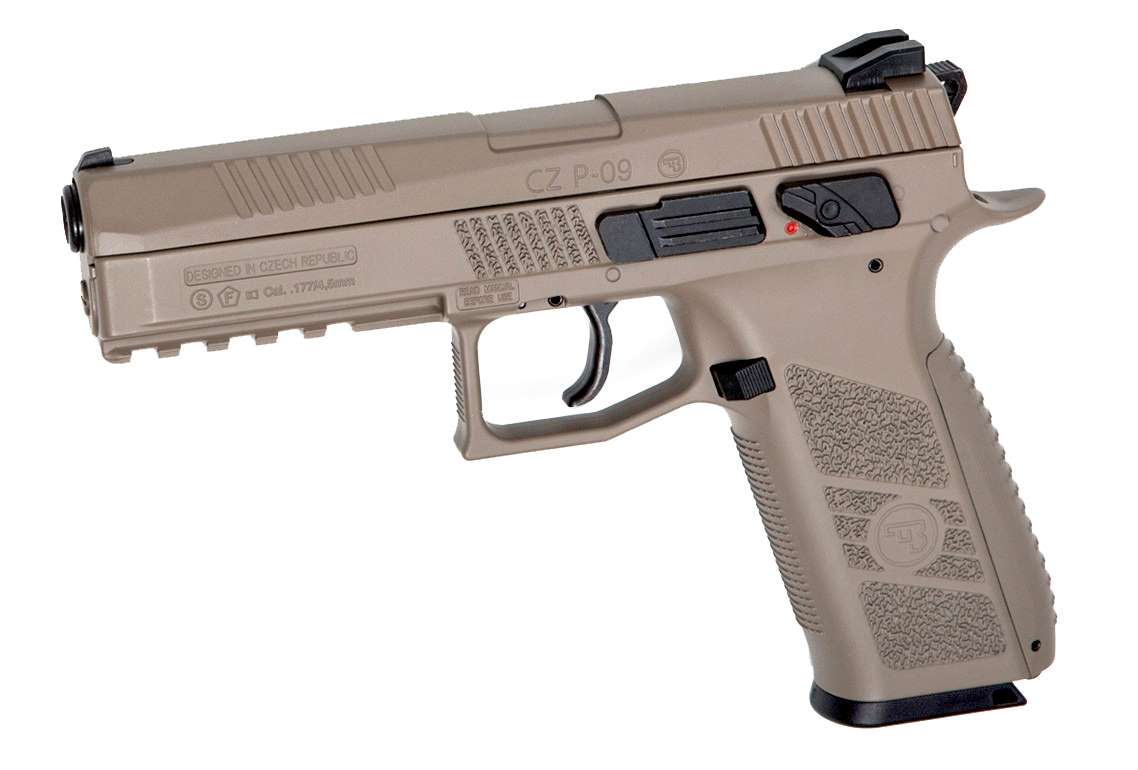

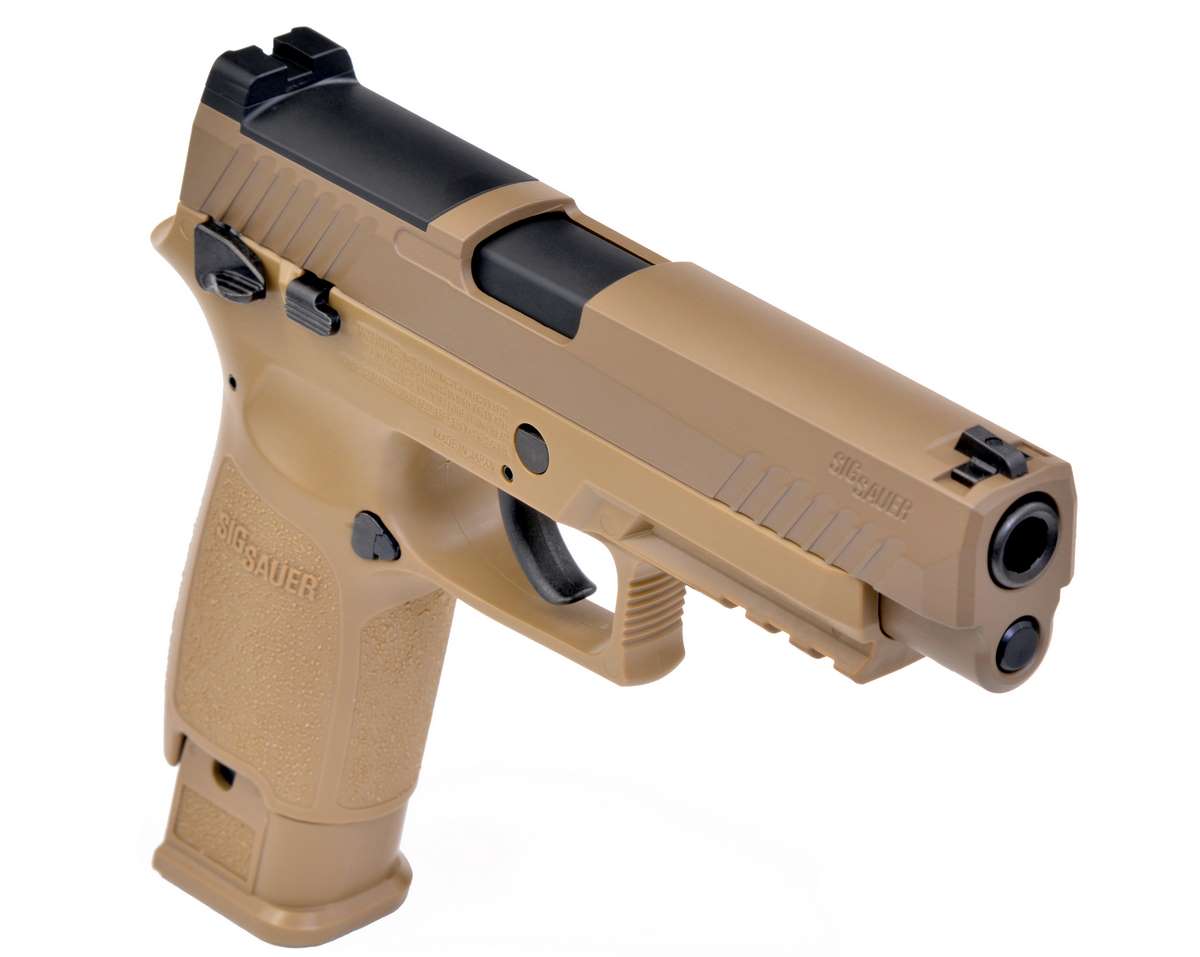
What has impressed me most about FDE finishes is the number of them that have come on the market for CO2 air pistols (and a couple have gone, too, like the Swiss Arms 1911 MRP, which is no longer listed).
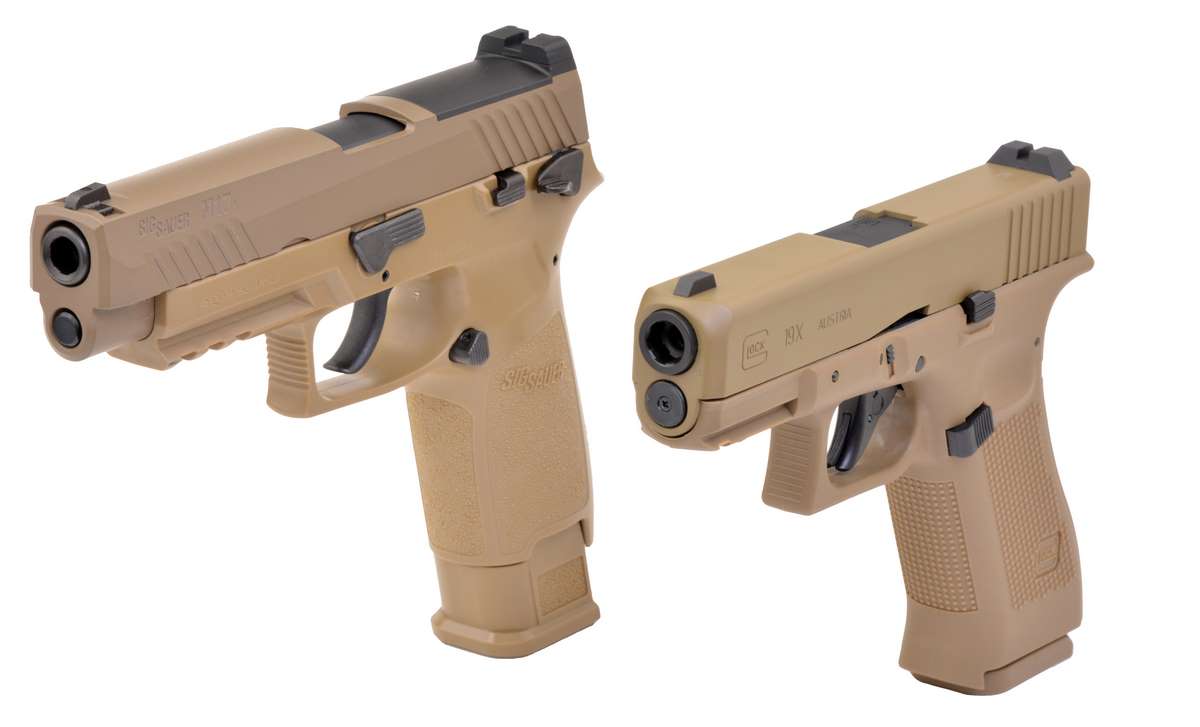
Even so, if there was ever a time when airguns are getting a degree of parity with cartridge-firing guns, pistols and rifles alike, it is in tan finishes which add a whole new level of authenticity. If you don’t have at least one FDE model, you are missing out on a gun of a different color.

A Word About Safety
Blowback action airguns provide the look, feel and operation of their cartridge-firing counterparts and this is one reason why they have become so popular. Airguns in general all look like guns, blowback action models more so, and it is important to remember that the vast majority of people can’t tell an airgun from a cartridge gun. Never brandish an airgun in public. Always, and I can never stress this enough, always treat an airgun as you would a cartridge gun. The same manual of operation and safety should always apply.
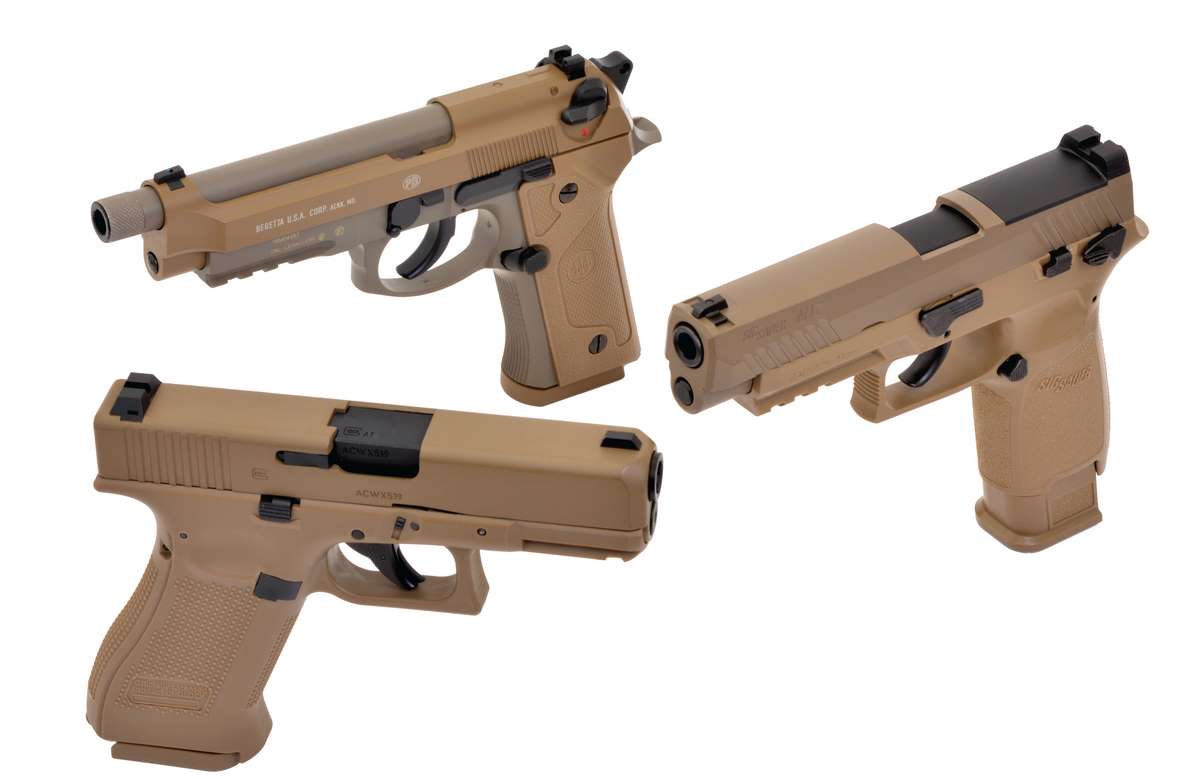
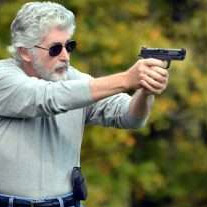
“The M9A3 also has a threaded barrel (but Umarex does not offer a faux suppressor for it).”
Has any third party airgun accessories supplier made a faux suppressor for the M9A3 that you know of?